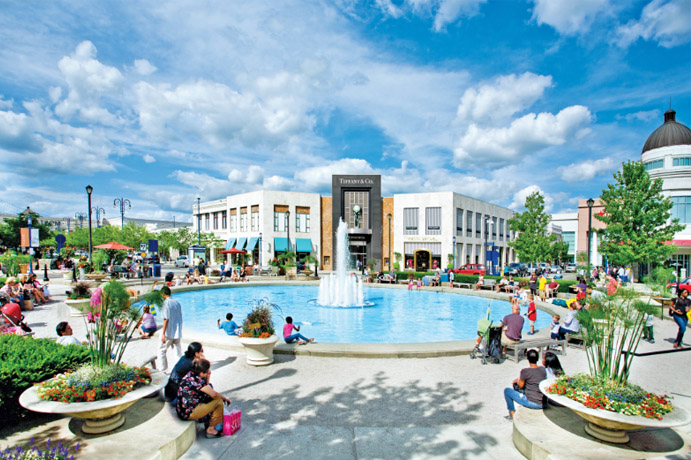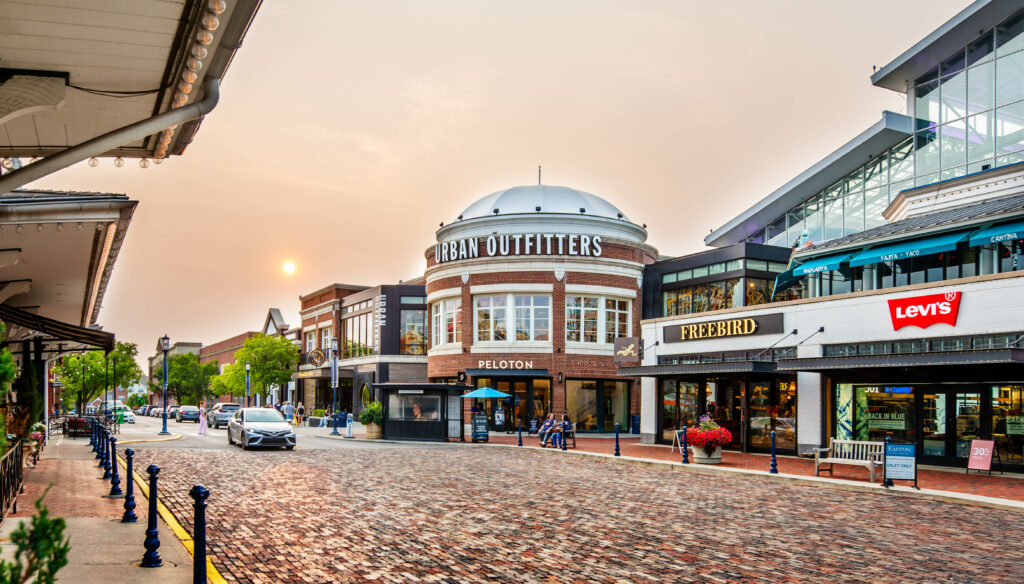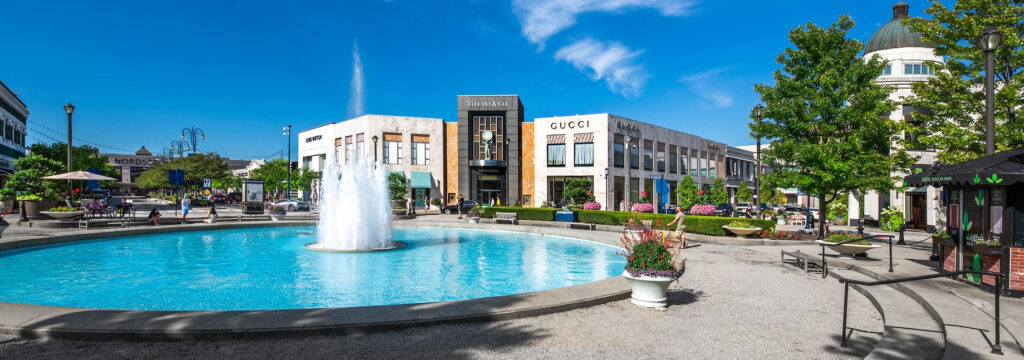By Jayne Gest, Published in Smart Business
Yaromir Steiner, founder and CEO of Steiner + Associates, knows about innovation. He came to Columbus and created Easton nearly 20 years ago. People were unsure of a guy from Miami who proposed an open-air project in Columbus, which gets 20 inches of snow every year, Steiner says.
But open-air projects in Cleveland, Dallas, Los Angles and other cities became legacies of Easton’s success.
“What we did here gave people the courage and the reference point,” he says.
Connect the dots across sectors
For Steiner, innovation is about connecting dots that aren’t in a straight line. He follows patterns and transplants ideas to a new location.
For example, from his background — born in Turkey and educated in France — he’d been in cities with street life and outdoor restaurants. He knew people in Columbus liked to get together, to eat and go outside, but there was nothing for that, until Easton.
Today, Steiner is active with agencies addressing transit issues.
“We need to think very different. It’s not about putting in bus lines and making sure people (use) them,” Steiner says. “We need to make sure what form of transit we want. What is the impact of shared ride technologies? What is the impact of autonomous vehicle technologies? We know the buses will have no drivers after a while, and so you wonder do you even need buses?”
He believes a public transit agency shouldn’t decide the future of public transit.
“To innovate, you need to have people who are involved in technology, computers and electronics,” he says. “Innovation happens by crossing disciplines.”
While some think innovation can happen online, Steiner considers it important to physically gather people of different expertise when looking at an issue. Even at his company today, he and his team set time aside to brainstorm.
Innovation is also about having visionary partners. Steiner says he couldn’t have built Easton without Les Wexner.
“In Columbus, it seems every road leads to him, ultimately,” he says.
Steiner needed someone to validate his ideas and add credibility, but even with Wexner’s involvement, some remained skeptical.
“There’s a fear that what comes up might be worse than what we have because when you are exploring, you are never certain,” he says. “To be a good innovator, you have to be willing to live in uncertainty.”
Focused, but flexible
One way to deal with those fears is to organize the community to create its own vision, Steiner says. Consensus building promotes ownership.
Before you innovate, though, focus on the organization’s mission, not a perfunctory mission statement. If your organization didn’t exist, what would the region miss? What are you uniquely qualified to deliver? How does that mission improve the well-being of your employees and community?
“Being able to clearly state this and have the whole organization aware of this, from the top to the bottom, is an essential part of any innovation. If you don’t know what you stand for, you cannot innovate,” Steiner says.
After building a foundation, Steiner says create an environment where people can inject their thinking, which will vary by generation.
“Once there is a consensus, then you go that way and still accept that months or a year into it, that you might have to change again,” he says.
That can be difficult because sometimes your ego gets involved. Steiner says it requires humility to have laser focus on where you’re trying to go, but to be loose about how you get there.
Freshen it up
Innovation and change doesn’t stop, either.
“It’s very easy when you have an asset of this caliber — it’s safer and it’s cheaper to keep what you have than to innovate because innovation disturbs,” he says of Easton. “You have to get rid of tenants, you have to modify buildings, you have to bring new people in, etc.”
While many try to keep up on trends, integrating technology and continuously upgrading infrastructure is just as important, even if customers don’t overtly see it.
When Steiner built Easton, there wasn’t much to the IT. Today, a central operating platform controls the building lights and temperatures, what music plays where and the security cameras.
With parking alone, first the garages were retrofitted with red and green lights to show open spaces, then counters outside told people how many spaces were open. Now, Steiner says they’re counting all spaces in order to put open spaces on an app. Eventually data mining and predictive modeling will help direct people to those spaces.
Looking back, Steiner says you’ll see missed opportunities, but you do what you can, based on what you know. For example, he would have added more residential. However, in 1997 and 1998, Easton was revolutionary enough.
“We can only push the envelope so far,” he says. “At the time we thought about putting in apartments, but we thought it was one step too far. In retrospect we should have done it. I’m not losing sleep over it — you innovate as far as you can. It’s more important to do something innovative that you implement, which is not perfect, and then you improve on it rather than seek perfection. Don’t let perfect get in the way of good.”






